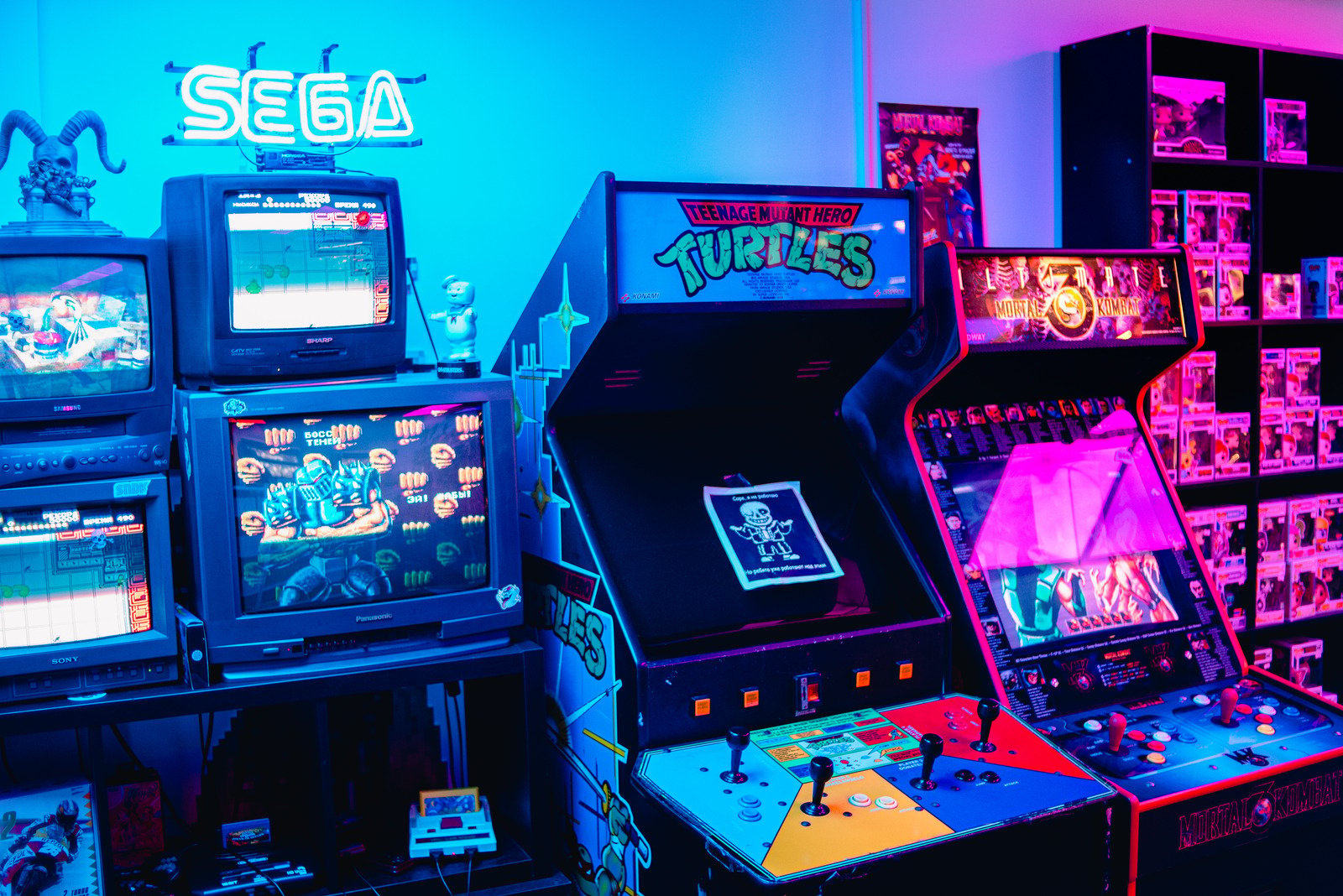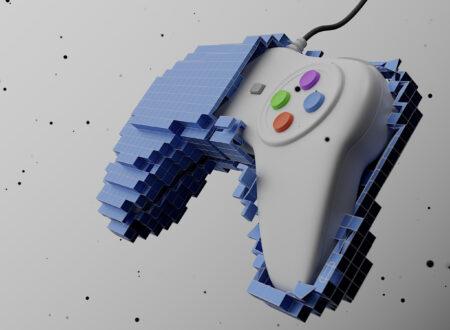Gaming has come a long way since the days of Pong and Tetris. What once consisted of basic 8-bit visuals and simple mechanics has transformed into complex, immersive experiences that blur the line between digital and reality. As technology has advanced, so too has the gaming industry—pushing boundaries in graphics, storytelling, interactivity, and sound. Welcome to the fascinating journey of gaming’s evolution—from pixelated past to photorealistic present.
The Pixelated Beginnings
In the 1970s and early 1980s, games were simple in design but groundbreaking for their time. Games like Pong, Space Invaders, and Pac-Man introduced the world to interactive entertainment. These titles were built with limited memory and hardware, relying on pixel art and blocky animations.
Despite their simplicity, these early games captured the imagination. With just a joystick and a few buttons, players were transported to alien invasions, dot-chomping mazes, and high-speed racing tracks.
8-Bit and 16-Bit Era: The Rise of Home Consoles
The introduction of home gaming consoles like the Nintendo Entertainment System (NES) and the Sega Genesis in the 1980s and early 90s revolutionized the way people played games. Characters like Mario, Sonic, and Link became cultural icons.
This era saw improvements in:
- Sprite detail and animation
- Side-scrolling mechanics
- Background music and sound design
Games like The Legend of Zelda and Super Metroid added deeper storylines and exploration, proving that games could be more than just high-score challenges—they could tell stories and create emotional connections.
Enter the 3D World: The Late ’90s and Early 2000s
One of the most significant leaps in gaming was the move from 2D to 3D environments. The arrival of consoles like the Sony PlayStation, Nintendo 64, and Sega Saturn introduced 3D graphics, camera perspectives, and open-world possibilities.
Titles like:
- Super Mario 64
- Metal Gear Solid
- Tomb Raider
…redefined gameplay and immersion. Players could now explore environments in all directions, making for a more dynamic and engaging experience. This era also marked the rise of cinematic cutscenes and voice acting.
HD and Beyond: The Realism Era Begins
With the sixth and seventh console generations (PS2, Xbox, PS3, Xbox 360), we began to see a massive jump in graphic fidelity. High-definition resolutions, realistic physics, and lifelike character models started taking shape.
Games like:
- The Last of Us
- Uncharted 2
- Red Dead Redemption
…blurred the line between gameplay and film. Developers started using motion capture, advanced AI, and dynamic lighting systems to create more emotionally rich and visually stunning experiences.
Today’s Gaming: Photorealism and Immersion
Fast forward to today, and we’re living in an age of photorealistic gaming. Modern titles feature characters with pores, freckles, sweat—details you’d expect to see in real life, not on a screen. Environments look like they’ve been plucked from the real world, with water that ripples realistically and weather systems that change dynamically.
Technologies driving this evolution include:
- Ray tracing: For hyper-realistic lighting and reflections
- 4K and 8K resolution: For ultra-sharp visuals
- High frame rates: Smooth gameplay that mimics real-world movement
- Next-gen engines like Unreal Engine 5: Delivering near-cinematic quality
Recent titles like Cyberpunk 2077, Horizon Forbidden West, and Microsoft Flight Simulator showcase just how far we’ve come. In fact, Flight Simulator uses satellite data to recreate real-world locations almost perfectly.
Beyond the Screen: VR, AR, and AI
Gaming has also moved beyond traditional screens. With the rise of virtual reality (VR) and augmented reality (AR), players can step inside the game. Systems like the Oculus Quest and PlayStation VR immerse players in a 360-degree world, where movement, voice, and interaction feel natural and immediate.
Meanwhile, AI is enhancing non-player characters (NPCs), making them smarter, more responsive, and more human-like. These advancements don’t just make games look better—they make them feel better.
What’s Next?
The future of gaming looks even more exciting. Here’s what’s on the horizon:
- Cloud gaming: Play high-end games without a console or PC
- AI-generated content: Procedurally created quests, dialogue, and worlds
- Haptic feedback and wearable tech: For touch-based immersion
- The metaverse: Persistent, shared digital spaces where games and social life collide
As game worlds get more expansive and lifelike, developers will continue to explore new ways to tell stories, create emotion, and connect players across the globe.
Final Thoughts: More Than Just Entertainment
The journey from simple pixels to photorealistic marvels isn’t just about visual upgrades—it’s a testament to how gaming has evolved into an art form. Today’s games are a blend of technology, creativity, storytelling, and community. They serve not only as a means of entertainment but also as a platform for education, social connection, and cultural expression.
Whether you’re nostalgic for 8-bit classics or marveling at lifelike graphics, the evolution of gaming is something to celebrate—and it’s far from over. So pick up a controller, step into a world, and enjoy the ride. The next level is always just around the corner.




